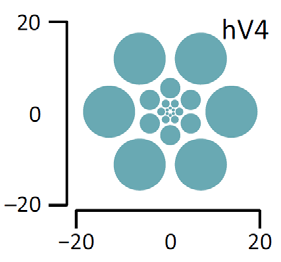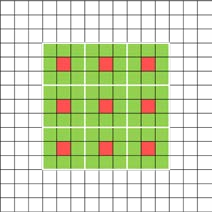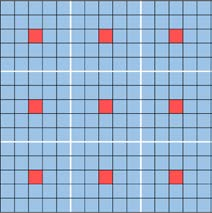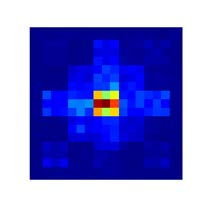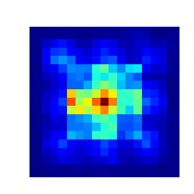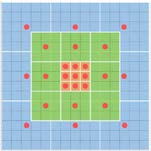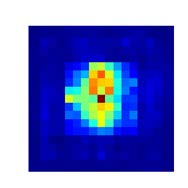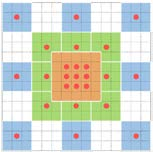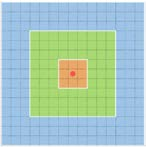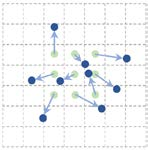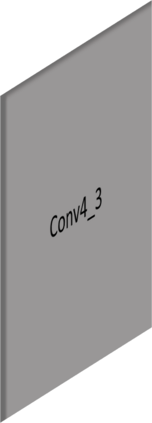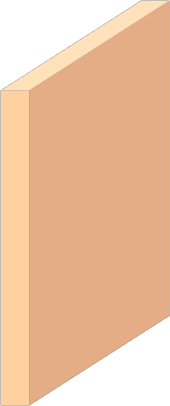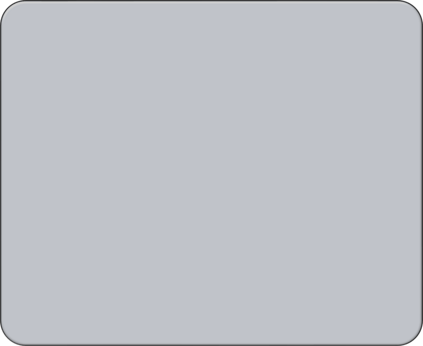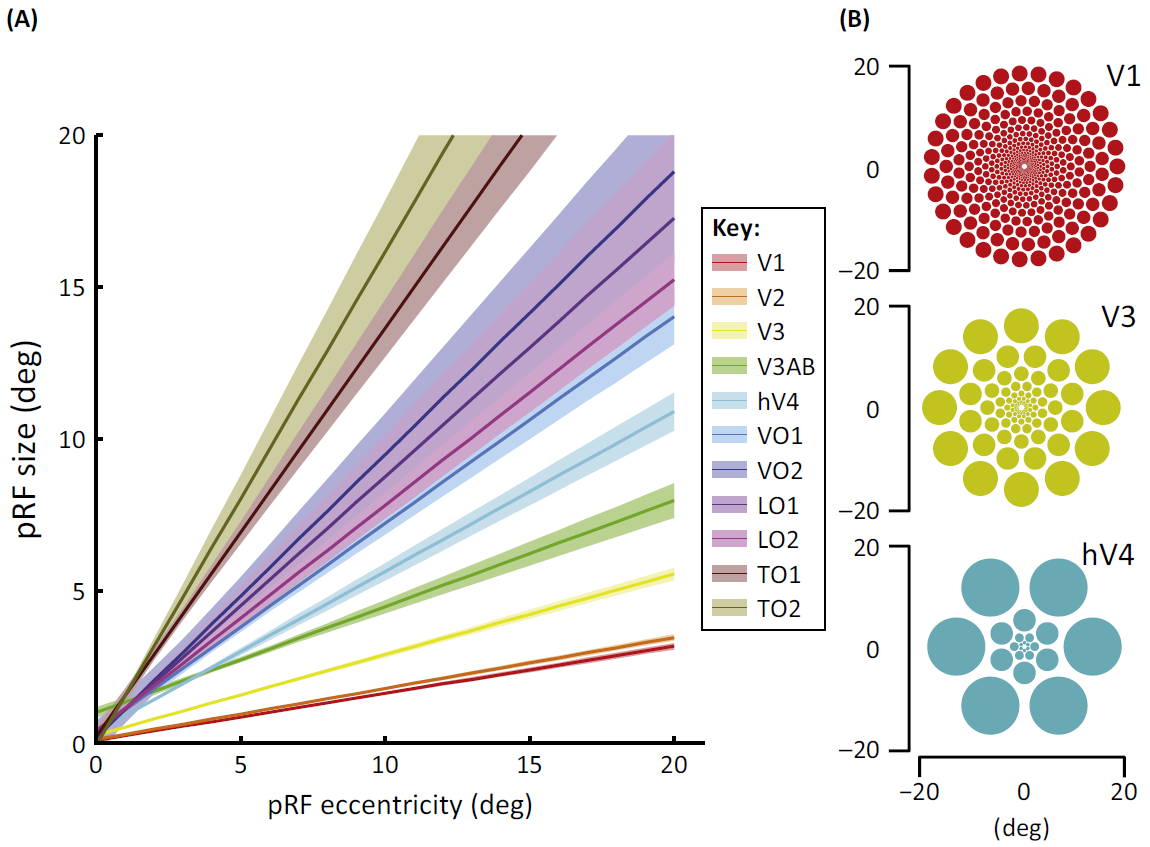Current top-performing object detectors depend on deep CNN backbones, such as ResNet-101 and Inception, benefiting from their powerful feature representations but suffering from high computational costs. Conversely, some lightweight model based detectors fulfil real time processing, while their accuracies are often criticized. In this paper, we explore an alternative to build a fast and accurate detector by strengthening lightweight features using a hand-crafted mechanism. Inspired by the structure of Receptive Fields (RFs) in human visual systems, we propose a novel RF Block (RFB) module, which takes the relationship between the size and eccentricity of RFs into account, to enhance the feature discriminability and robustness. We further assemble RFB to the top of SSD, constructing the RFB Net detector. To evaluate its effectiveness, experiments are conducted on two major benchmarks and the results show that RFB Net is able to reach the performance of advanced very deep detectors while keeping the real-time speed. Code is available at https://github.com/ruinmessi/RFBNet.
翻译:目前的顶级性能天体探测器取决于远端CNN骨干,例如ResNet-101和Inption,它们得益于其强大的地貌表现,但计算成本很高。相反,一些轻量模型探测器满足实时处理,而它们的孔隙往往受到批评。在本文件中,我们探索了一种替代办法,通过使用手工制作的机制加强轻质特征,以建立一个快速和准确的探测器。在人类视觉系统中的感应场结构的启发下,我们提议了一个新型RF块模块,该模块将RF的大小和偏心性之间的关系考虑在内,以加强地貌的可调和性。我们进一步将RFB集合到SSD的顶端,建造RFB Net探测器。为了评估其有效性,在两个主要基准上进行了实验,结果显示RFB Net能够在保持实时速度的同时达到高级深度探测器的性能。代码见https://github.com/ruinmesi/RFBNet。






